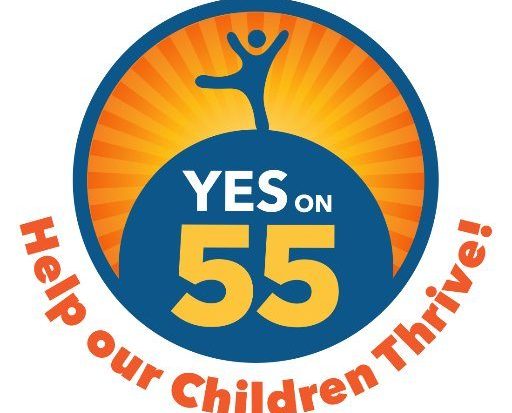
By Barbara Thomas, District #3 Trustee Fresno County Board of Education
California cannot expect to compete in the global economy when it fails so miserably to provide educational resources for our children and youth. Since 2010 and earlier the California School Boards Association (CSBA) has been engaged in activities to increase funding. In the face of California’s failure to adequately fund the public schools, it filed Robles vs. Wong, which is now headed to the California Supreme Court. CSBA has documented the evidence of this failure in “California’s Challenge, Adequately Funding Education in the 21st Century,” released by CSBA in January 2016.
What follows is some of this evidence:
California’s income per capita ranks 10th nationally, but its spending on K-12 education ranks 44th. The student-teacher ratio (the average number of pupils per teacher) ranks 49th in the country. To put this in perspective, Texas has 42,000 more teachers than California; yet California serves 1.4 million more students. It also ranks 49th in all staffing – instructional assistants, nurses, psychologists.
Our students have more extensive needs. California has the highest percentage of English learners ( 22.8%); whereas the national average is only 9.2%. California has more low-income students than any other state, with 56% who qualify for a free or reduced lunch, which is 5% higher than the national average.
In 2013, California implemented a new funding model to address the greater needs of our student population. Initiated by Gov. Brown, it is known as the Local Control Funding Formula (LCFF). The objective was to address the educational issues for our most needy students and to give local school districts control over their budgets by reducing the number of categorical programs. In return, districts were to submit a Local Control Accountability Plan (LCAP).
Under the previous formula, districts received funding based on their average daily attendance (ADA). The new formula was designed to provide revenue to the schools with the neediest students, as defined by the number of socio-economically disadvantaged, English learners, and foster-care students.
Sounds great! Right? – a simplified formula prioritizing the neediest students and allowing local districts to determine how to best use the funds for their community. What more could schools ask for than such a formula that puts funding where it counts most? The problem is that it lacks adequate funding.
By changing the method of funding, the new formula gives the impression that public schools are now financially sound. Nothing could be farther from the truth. Actually, it has left many schools strapped for funding, and this problem only promises to get worse.
To be specific, LCFF only utilizes the same amount of funding as in the 2007-08 school year and gives no consideration to growth or cost of living increases over the last eight years. This funding is woefully inadequate as a base amount. The total funding for 2007-08 was to be available for the 2016-17 school year. Yet, even this amount has not been allocated due to a shortfall in the state budget this year.
The method used to prioritize LCFF funding was achieved by redistributing funds that were already in the system (rather than allocating new money). It was taken from some districts to give to others.
To jumpstart the LCFF, the governor proposed an initiative, Proposition 30, as a temporary source of income. The Proposition 30 tax has reached its ending and will no longer be available.
While appearing to provide schools with additional funds, the state is adding new expenses which reduce the net effect of income. The state has now made local districts responsible for covering retirement costs for employees.
The loss of revenue from this additional expense plus the loss of Proposition 30 dollars amount to approximately 17% of a district’s total budget. More specifically, Fresno Unified School District will lose approximately $40 million from retirement costs and $77 million from Proposition 30 funding, a total of $117 million, within the next four years. Clovis Unified School District loses $25 million in retirement costs and $45 million from Proposition 30 for a total of $65 million. This translates to less funding for direct services to children and youth.
Given California’s unacceptable national ranking as 49th in providing educational personnel, we must vote yes on Proposition 55 to extend Prop 30 funding for our students and schools.
Proposition 55 extends the tax on those making over $250,000, but not the sales tax from Proposition 30. Our children and youth will be the victims of the loss of funds if Proposition 55 is not passed. Please vote for Proposition 55 on the November ballot.
Sources: California Association of School Boards
Fresno County Office of Education
*****
Barbara Thomas is the District #3 Trustee for Fresno County Board of Education, Fresno, CA. She can be reached at (559) 228-0272.
